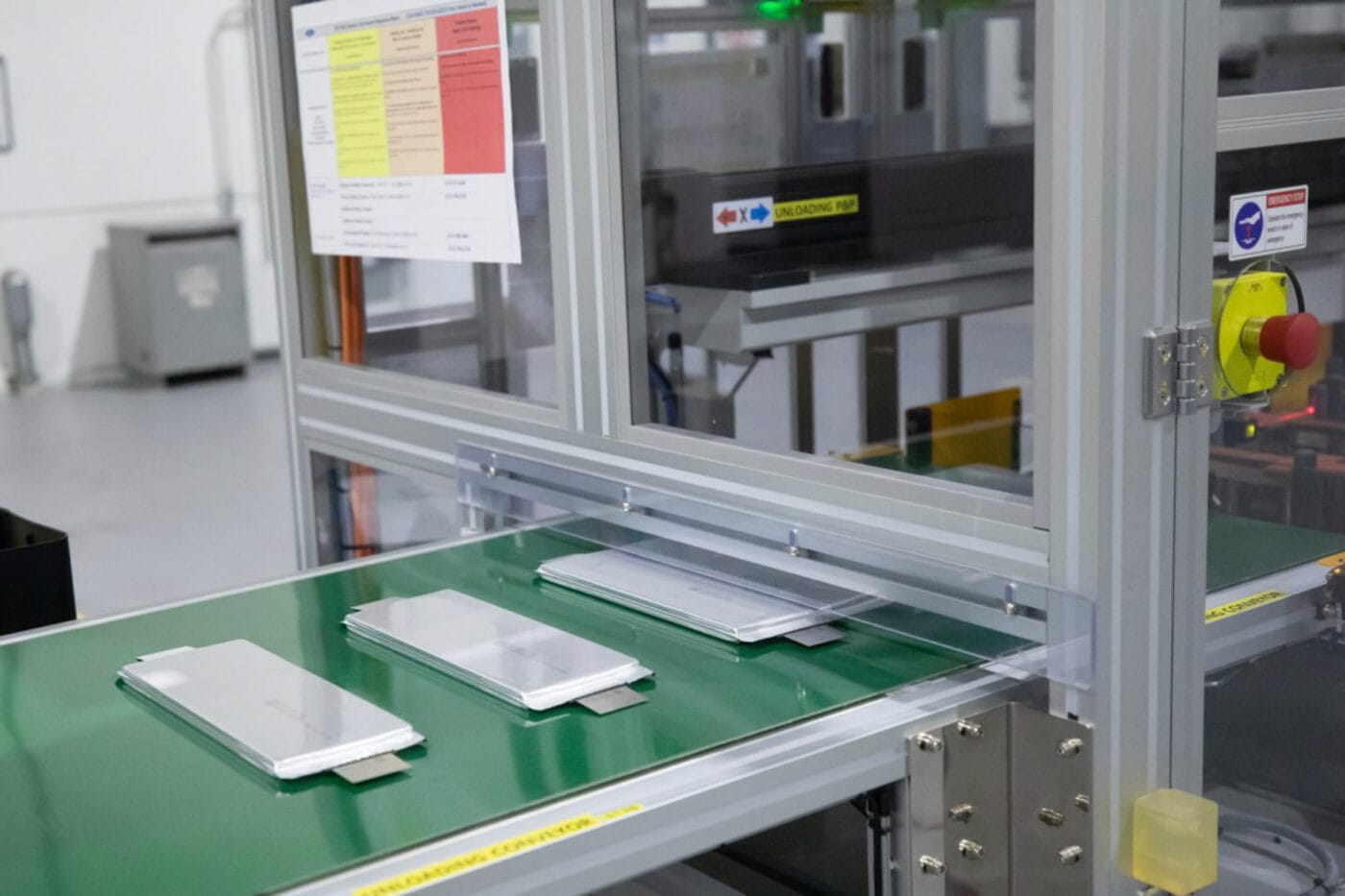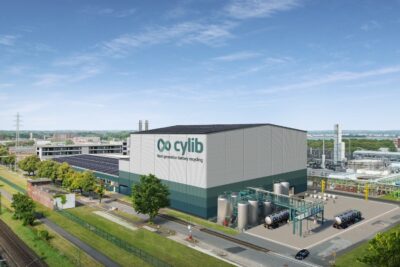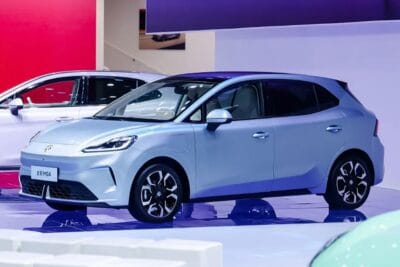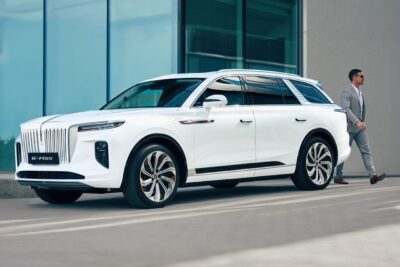Ford executive hails ‘breakthrough’ in new cell chemistry
The LMR cells, Poon claims, offer a higher energy density than high-nickel batteries, with Ford targeting significantly lower costs compared to today’s medium-nickel batteries. The safety profile is said to be comparable to that of LFP cells. That’s according to a LinkedIn post by the Ford executive – however, no figures were disclosed by Ford’s Director of Electrified Propulsion Engineering.
These three advantages – LFP-level safety, higher energy density than high-nickel chemistries, and costs below medium-nickel alternatives – lead Poon to describe this as a ‘pivotal moment in Ford’s electrification journey and for the future of electric vehicles’. With these cells, an electric car could not only drive further on a single charge, but also achieve ‘true cost parity with gasoline vehicles and making electric vehicles accessible to more people’.
“This isn’t just a lab experiment. We’re actively working to scale LMR cell chemistry and integrate them into our future vehicle lineup within this decade. The team is already producing our second-gen LMR cells at our pilot line,” Poon explains.
As expected, Poon does not go into further detail about the exact composition or manganese content, nor does he mention potential additives. However, an image shared by Poon reveals that the cells in question are pouch cells, already in an automotive-typical format.
Ford first announced its battery competence centre, Ford Ion Park, in Michigan back in 2021 – supported by an investment of 185 million US dollars. At the time, the company said 150 specialists would contribute to enabling Ford to ‘quickly scale breakthrough battery cell designs with novel materials.’ As Poon notes in his LinkedIn post, more than ‘more than 135 world-class chemists, manufacturing engineers and scientists, hailing from the top battery companies and research institutions around the globe’ are currently working at the site.





0 Comments